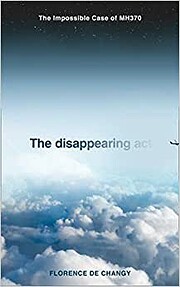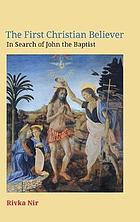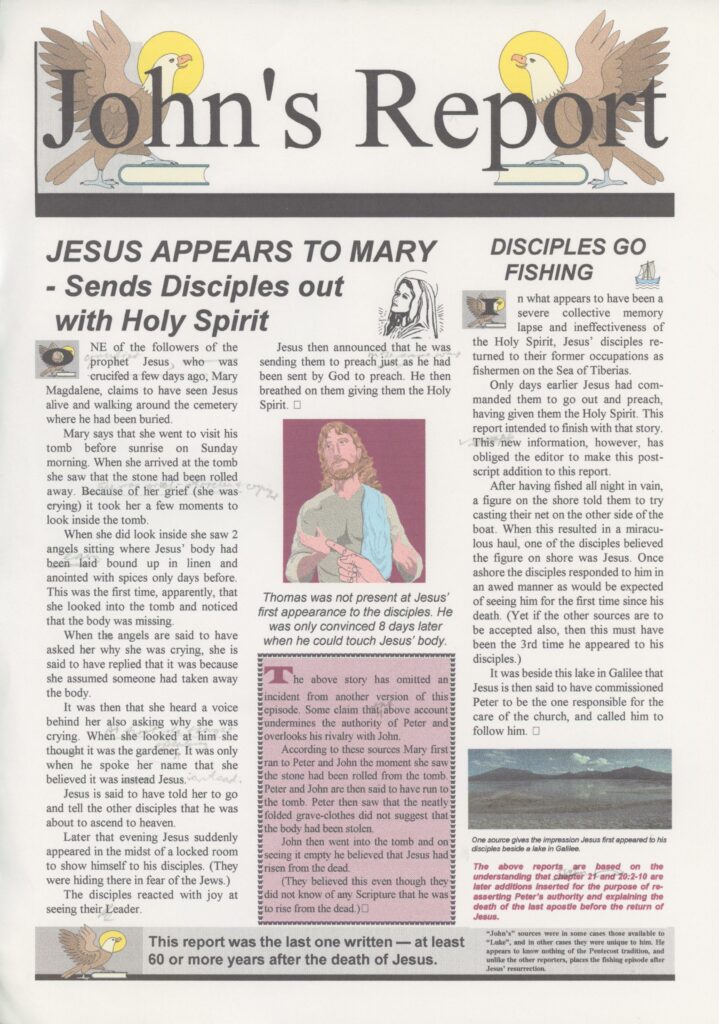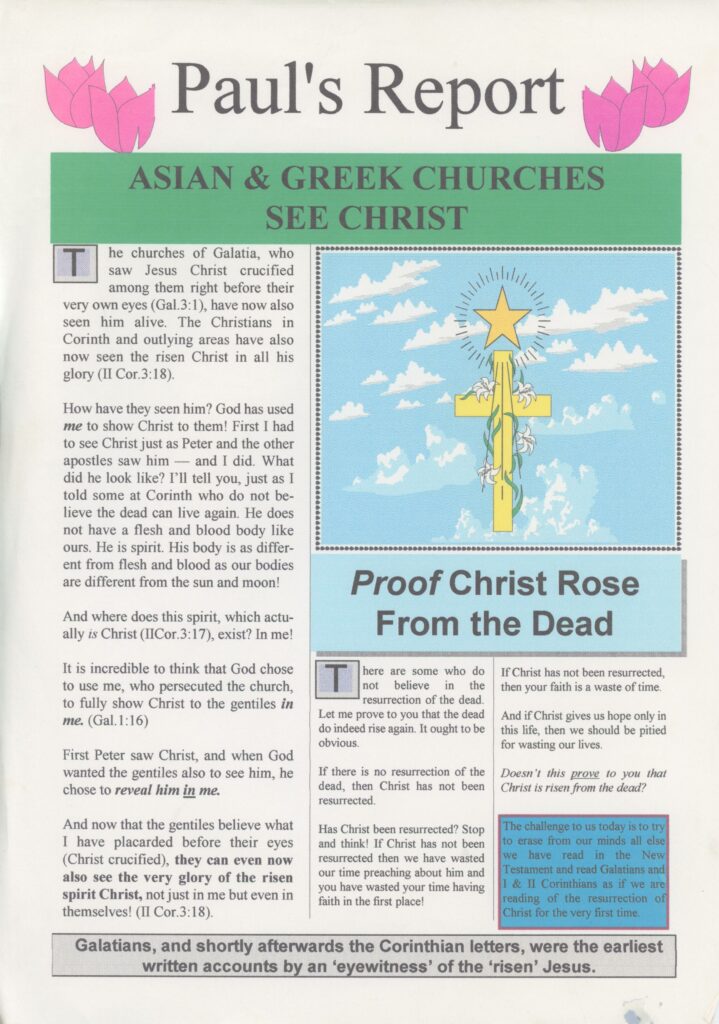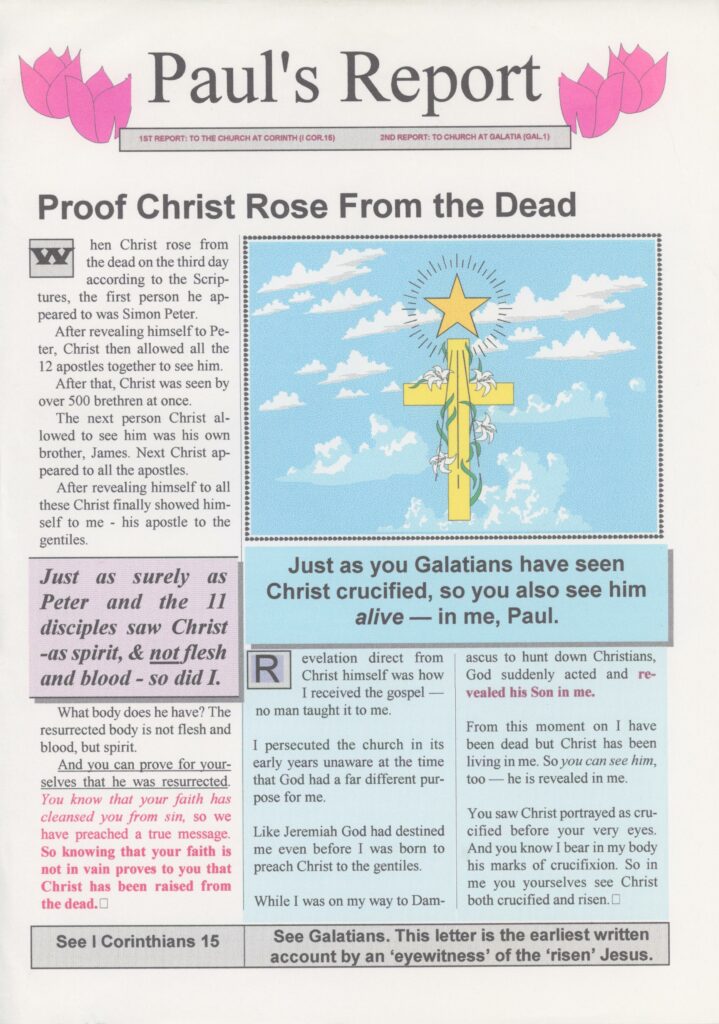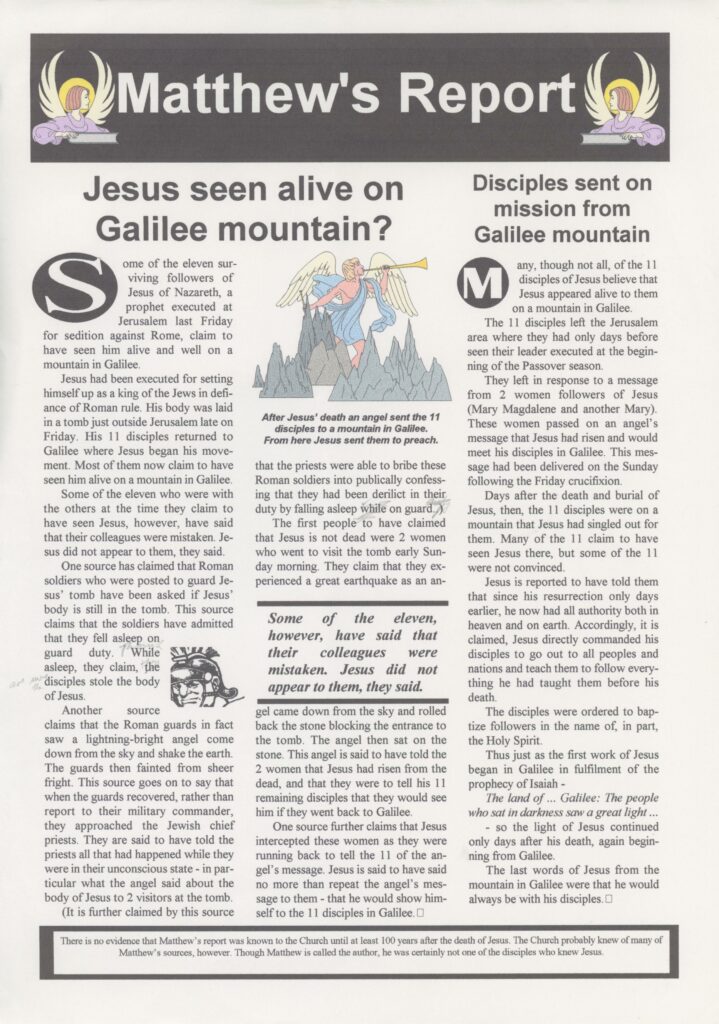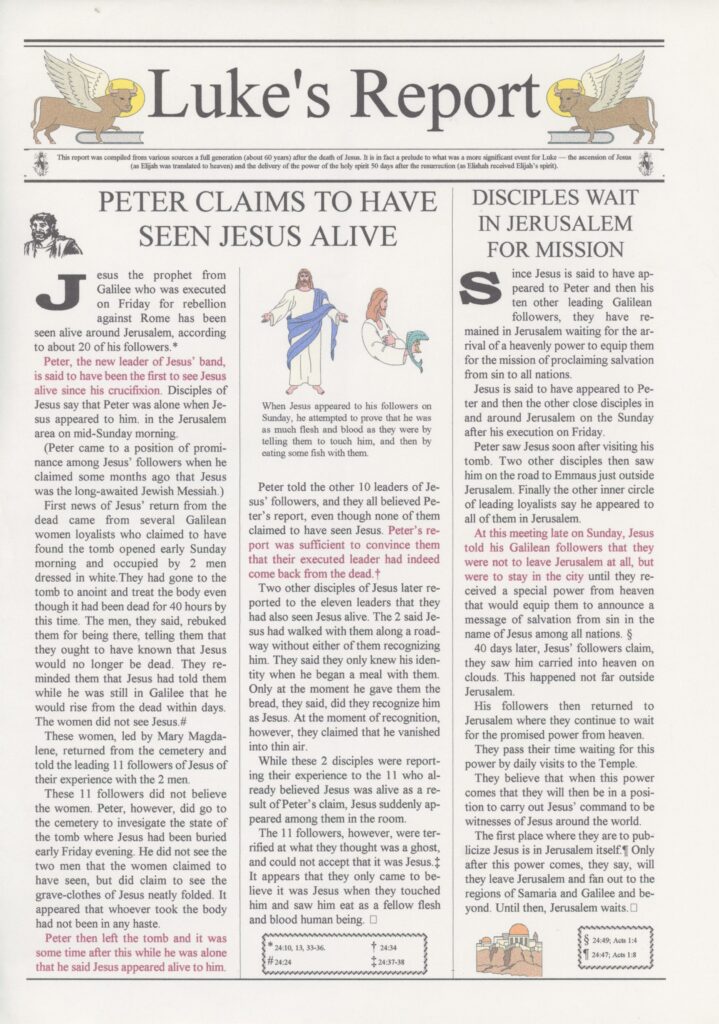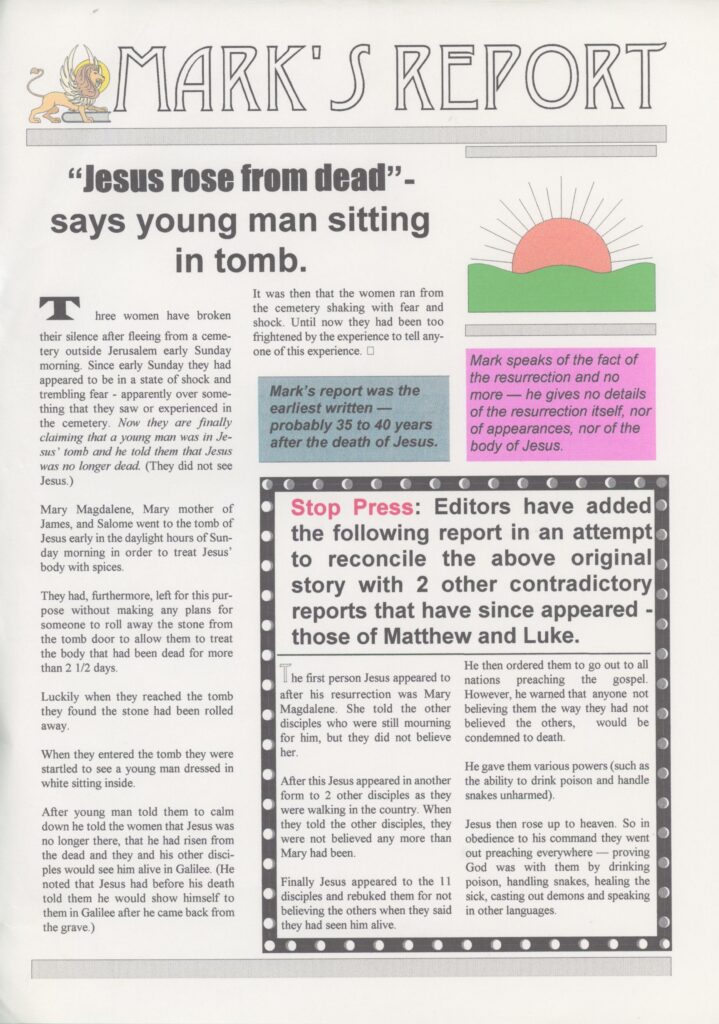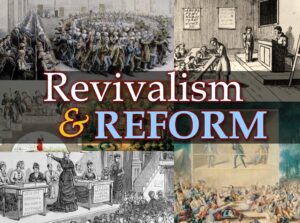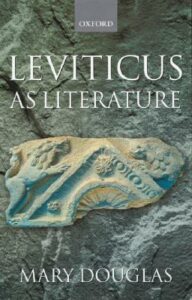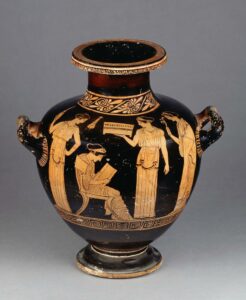 This post presents key ideas in the first part of chapter 3 of part 2 of Jésus-Christ, Sublime Figure de Papier by Nanine Charbonnel. All posts are archived here.
This post presents key ideas in the first part of chapter 3 of part 2 of Jésus-Christ, Sublime Figure de Papier by Nanine Charbonnel. All posts are archived here.So to say that Jesus became flesh the evangelist John can say Jesus “tabernacled” or “tented” among his people just as God once occupied the tabernacle in the wilderness — as we saw in a recent post. But what about the very idea of “The Word (Logos) became flesh” in that same verse, John 1:14?
And the Word became flesh, and did tabernacle among us
That is surely a more complicated concept. Where did that notion come from? It is surely not “Jewish”, is it, although “Judaic” sounds more correct than Jewish in this context. That was the view of Rudolf Bultmann: for him, the concept was “Hellenistic”, even “gnostic”, as distinct from Palestinian-Judaic. NC’s mention of Bultmann deflected me for a moment to his works from which I quote a couple of passages to underline the old view of a strict divide between Hellenism and Judaism:
It is the language of mythology that is here [The word became flesh – Jn 1:14] employed. Just as the ancient world and the Orient tell of gods and divine beings who appear in human form, so too the central theme of the gnostic Redeemer-myth is that a divine being, the Son of the Highest, assumed human form, put on human flesh and blood, in order to bring revelation and redemption. — Bultmann, John, p. 61
The Gospel of John cannot be taken into account at all as a source for the teaching of Jesus, and it is not referred to in this book. . . . [T]hese gospels were composed in Greek within the Hellenistic Christian community, while Jesus and the oldest Christian group lived in Palestine and spoke Aramaic. . . . [E]verything in the [gospels] which for reasons of language or content can have originated only in Hellenistic Christianity must be excluded . . . Bultmann, Jesus, pp. 12f
That was then.
The Word in John’s and Philo’s works — both Hellenistic AND Jewish?
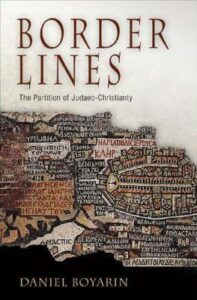 NC argues that the question is not an either/or one. Either from Hellenism or Judaism. Keep in mind that the label “Hellenistic age” refers to a time of blending of eastern and Greek cultures; it was not a replacement of eastern ideas with Greek ones. NC cites Daniel Boyarin (though I quote him more extensively here) and Boyarin cites several other specialist scholars to affirm that we need to think of the Judaism of the time as a part of Hellenism.
NC argues that the question is not an either/or one. Either from Hellenism or Judaism. Keep in mind that the label “Hellenistic age” refers to a time of blending of eastern and Greek cultures; it was not a replacement of eastern ideas with Greek ones. NC cites Daniel Boyarin (though I quote him more extensively here) and Boyarin cites several other specialist scholars to affirm that we need to think of the Judaism of the time as a part of Hellenism.
Thus, to put one possible point on this, I and many if not most scholars of Judaism currently do not operate with an opposition between Judaism and Hellenism, seeing all of Jewish culture in the Hellenistic period (including the anti-Hellenists) as a Hellenistic culture.73 (Boyarin, Border Lines, p. 18)
73. “Hellenistic ways of life, thought and expression were integral to Jewish Palestinian culture from at least the mid third century [B.C.] on, and these tendencies affected Pharisaism and later Rabbinic writings. Hellenistic schools were especially influential on Jewish modes of organization and expression. The emergence of definable sects, Pharisees, Sadducees, etc. and more importantly the attention given to them fits most comfortably into the Greco-Roman world with its recognized philosophical schools, religious societies and craft assocations” (Anthony Saldarini, Scholastic Rabbinism: A Literary Study of the Fathers According to Rabbi Nathan [Chico, Calif.: Scholars Press, 1982], 19). My only emendation to this important statement would be to abandon language of “influence” and simply understand that “Judaism” is itself a species of Hellenism. See the formulation in Saldarini, Scholastic, 21, which comes closer, I think, to this perspective. Cf. most recently Lee 1. Levine, Judaism & Hellenism in Antiquity: Conflict or Confluence, The Samuel & Althea Stroum Lectures in Jewish Studies (Seattle: University of Washington Press, 1998). In this vein, see Erich S. Gruen, Heritage and Hellenism: The Reinvention of Jewish Tradition, Hellenistic Culture and Society 30 (Berkeley and Los Angeles: University of California Press, 1998), esp. 292: “The [Palestinian] Jews were not so much permeated by the culture of the Greeks as they were a part of it.” Also most recently Schwartz, Jewish Society.
and
Granted that in some areas, Asia Minor almost certainly being among them, Gentile converts began to outnumber Christian Jews at a fairly early date, and that they brought with them, almost inevitably, “hellenophile” and then “antijudaistic” tendencies; however, the lion’s share of the Hellenic thinking of early Christianity — and most centrally, Logos theology — was an integral part of the first-century Jewish world, including Palestine. Jewish theology had for centuries been “open to the thinking of antiquity” — whether Persian or Graeco-Roman — and the binary opposition of Judaism and Hellenism (as well as the binary opposition between Palestinian and Hellenistic Judaism) requires major rethinking. As I have pointed out above, Judaism is from the very beginning a Hellenistic form of culture. As remarked by Rebecca Lyman: “Justin’s appeal to the ultimate authority of divine revelation in prophetic texts or to Jesus as the Logos, the original truth sought by human philosophers, is confrontational, but it is potentially powerful precisely because of its Hellenistic, i.e. Greek and Jewish, lineage in establishing truth through antiquity and transcendence.” (p. 92)

